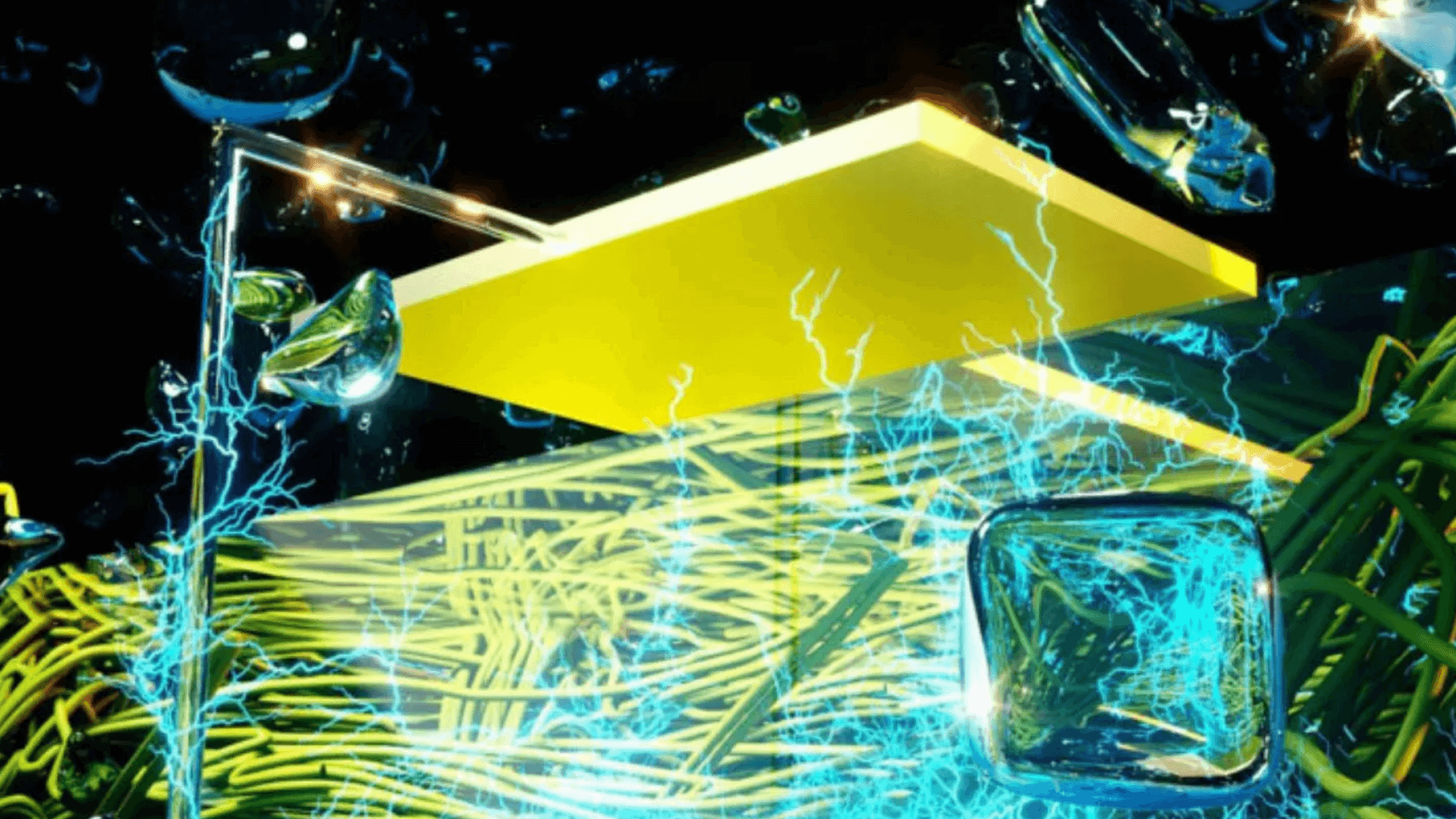By mistake, scientists converted damp air into a source of renewable energy.

Micron-sized tubes containing nanowires were used by University of Massachusetts researchers to develop a method of producing energy from wet air. Even when a student unintentionally turned off the instrument, a very minor electric charge was still produced.

The tubes' charges varied as a result of the water molecules' bouncing as they moved through the little nanowires. The result was like a battery. "You have a positive pull and a negative pull, and when you connect them, the charge is going to flow," Yao explained.
After making this finding, the team decided to switch out the nanowires for nanopores, which are essentially millions of small holes drilled through a substance. This allowed them to produce around one microwatt from their thumbnail-sized device. Yao claimed that in order to enhance power, the gadget may be stacked vertically in numerous layers.

But some scientists and others have voiced their skepticism regarding the viability and scalability of the approach. Even Yao's team understands how long it takes to perfect and mass-produce a prototype, but they still have a vision of a time when "hygroelectricity," or air-derived electricity, will be a reliable and sustainable source of power for homes and buildings without the need for additional infrastructure.
The group released its article in May, and readers can read it at the Wiley Online Library.
